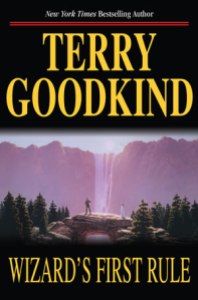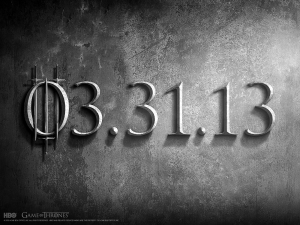
This is going to make a great movie someday.
It’s rare that real life arranges itself into near-perfect story structure. But in the case of LeBron James, it most certainly has. You have it all: the humble beginnings, the rise to stardom, the years of struggle, the fall from grace, the exile…
And now, the triumphant return.
The first time I heard someone say that James might head back to the Cleveland Cavaliers, I laughed. There’s just no way, I said to myself. People absolutely hate him there. And why would he leave the Miami Heat, a team he’d been to not one, not two, not three, but four consecutive NBA Finals with, just to go back to a team he obviously didn’t even want to play for in the first place? It was preposterous.
Yet when this year’s NBA Finals ended and James refused to talk about his free agency status after Game 5, I had to wonder. With each passing day of free agency, Cleveland seemed to become a more and more likely destination. Now that he’s officially signed, it makes perfect sense.
First of all, as James wrote in his finely-crafted letter (engineered by Sports Illustrated’s Lee Jenkins), he came back for the city. What better reason is there to return to a team? I don’t consider myself a fan of LeBron, but when I heard that, I couldn’t help but feel a tremendous amount of respect for him.
But going back to Cleveland works for many other reasons–not just because it’s home. For one, look at who he’s playing with. The Cavs already have rising star Kyrie Irving, first overall pick Andrew Wiggins, last year’s first overall pick Anthony Bennett, solid young forward Tristan Thompson, and flashy scorer Dion Waiters. They also quietly nabbed Virginia’s Joe Harris in the second round of this year’s draft, a guy who can rain threes on offense.
Oh, and did I mention that all these guys are under 23 years old?
That’s six very good, very young basketball players. And, perhaps more importantly, that’s six potential trade pieces that could be offered in exchange for another big star–Kevin Love, anyone? And as if that isn’t enough, the Cavs also have three first round picks in next year’s draft.
I’d call that a franchise with a lot of potential.
In fact, according to the oddsmakers in Vegas, that’s enough potential to win Cleveland its first sports championship since 1964.
I’m not so sure about that.
As ESPN’s P.J. Carlisemo has said, the Cavaliers are not legitimate contenders for an NBA Championship–yet. If they get someone like Kevin Love, it’s a whole other story.
However, even if they do acquire Love, I think their title shots will depend on what they give up to get him. If I’m Cavalier’s General Manager David Griffin, I’m offering Bennett, Waiters, maybe Harris, and two first rounders next year–and that’s it. I’m hearing that Love’s Minnesota Timberwolves won’t trade him unless Wiggins is involved. If that’s indeed the case, I don’t make the deal. This guy is an outstanding athlete who can already defend and could develop into a 20-point scorer in a few years. He simply has too much upside to trade.
If the Cavs can’t get a deal done for Love, I say they go after Chicago Bulls’ veteran forward Carlos Boozer. He’s not the offensive force that Love is, but Boozer would still be a nice consolation prize. He provides much-needed veteran leadership at a fraction of Love’s cost, not to mention the Bulls are not-so-secretly trying to dump him. Furthermore, he can still be productive on the glass, and he’s a former teammate of LeBron’s. If they decide they don’t like him, then his contract expires next season, freeing the Cavaliers up to make a run at somebody like Kevin Durant. Just offer Chicago a first rounder for him. It won’t be enough to make the Cavs championship worthy, but it’s still an upgrade in my books.
So when that LeBron James biopic comes out in 2030, will it end with a Championship? The chances certainly look good for the future. However, as it stands now, it looks like James will have to wait a few years for his next trophy.








